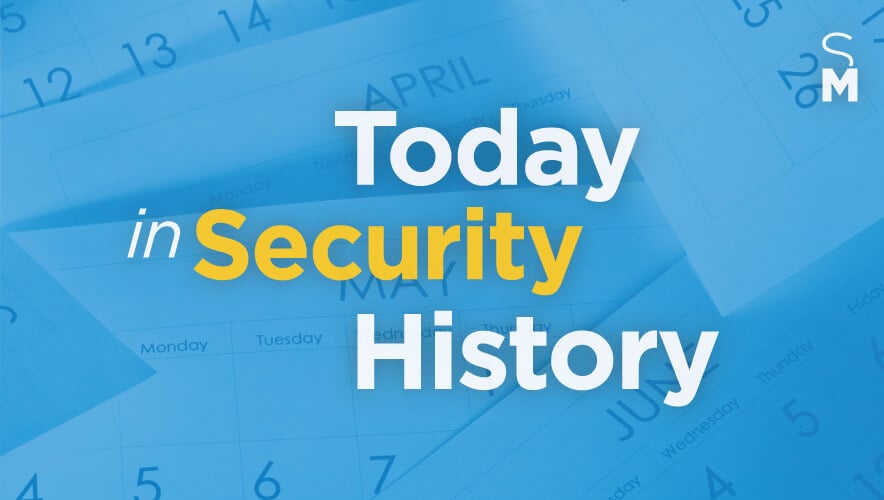Today in Security History: The Wall Street Bombing
On 16 September 1920, a wagon laden with dynamite and shrapnel blew up at the corner of Wall and Broad streets in New York City—the heart of the financial center. The streets were crowded, and 38 people died from the attack and hundreds were wounded. It was the deadliest terrorist attack in the United States until the Oklahoma City bombing in 1995.
The subsequent investigation was conducted by the Bureau of Investigation (forerunner to the FBI), the New York City Police Department (NYPD), and the William J. Burns National Detective Agency. Lasting for four years, the investigation featured some of the same competition and rivalry between organizations that is seen today.
Explosives had previously been sent to wealthy or influential individuals through the mail or were hand-delivered (with varying degrees of success; The New York Post reports that some penny-pinching assailants’ packages were never delivered because there wasn’t sufficient postage). But the Wall Street bombing was different.
“There was no objective except general terrorism," The St. Louis Post-Dispatch wrote at the time. "The bomb was not directed against any particular person or property. It was directed at a public, anyone who happened to be near or any property in the neighborhood.”
The case was never solved. A subsequent FBI investigation in 1944 concluded that the explosion was likely the work of Italian anarchists or terrorists, but no individual was ever charged.
Anarchists perpetrated innumerable acts of terror and bombings over a 40 to 50 year period. They also assassinated capitalists and heads of state—U.S. President William McKinley being but one. Eventually their tactics turned public opinion against them. While contemporary anarchists are a significant source of concern, they are certainly far less violent than the early members of the movement.
Read more about this attack in The Day Wall Street Exploded: A Story of America in Its First Age of Terror by Beverly Gage.
Chris Hertig, CPP, CPOI (Certified Protection Officer Instructor), is a lifetime member of ASIS and serves on the Professional Development Council, as well as on the board of directors for the International Foundation for Protection Officers (IFPO).
